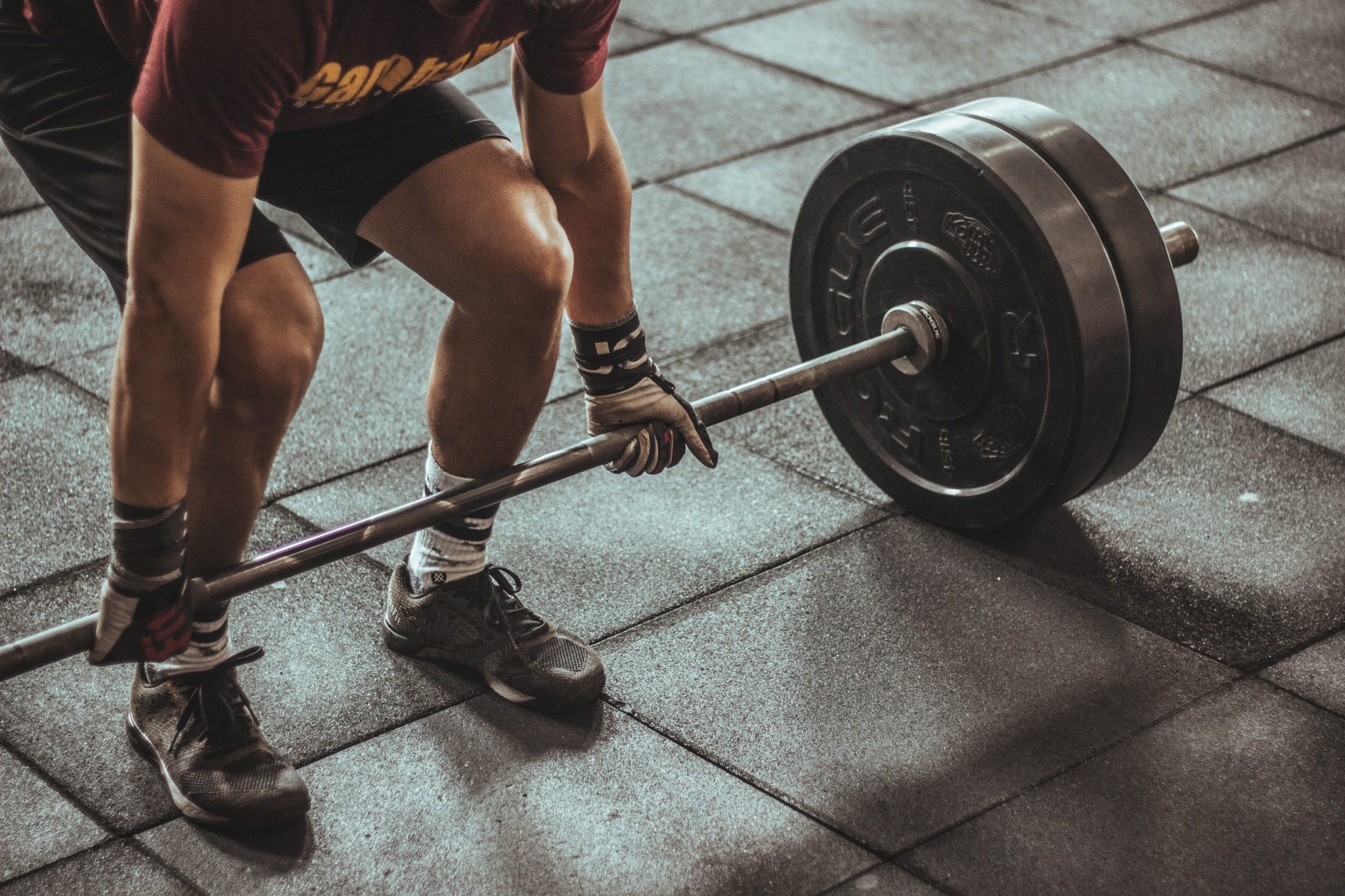The weight room might seem a strange and sweaty place from which to draw leadership lessons. But if you’re interested in a place to observe people getting noticeably and reliably better, then weight rooms have got an awful lot going for them:
- Weight rooms have been around forever. They’re a testing ground where millions of motivated people, coached by thousands of personal trainers have tried all kinds of simple and exotic ways to get fitter and stronger
- Results can be clearly measured. The 60kg barbell either got above your head or it didn’t, and no narrative will make it heavier than it was or higher than you lifted it
- They work. Beginner and intermediate athletes get rapidly, considerably, and reliably stronger from the simple approaches in the weight room. Professional athletes couldn’t maintain their excellence without them
Lesson 1 – Setting Today’s Goals
An athlete may have a long term goal of lifting more over their head than they can currently even get off the ground. But when they enter the weight room, their goal for that session is never, ever more than a mild stretch over what they did last week.
If they ever try more than that, they’ll either break themselves or struggle hopelessly, like someone who isn’t Thor trying to pick up his magic hammer.
Big hairy audacious goals are for the long term. The only way to an athlete’s long term goal of being strong and buff is to do a little bit more today than they could last time they stepped in the door.
Lesson 2 – Reaching Today’s Goals – “Spotting”
A go-to tool that coaches use to help athletes do a little more than they can currently do is called spotting. For non gym rats, this is where a coach gives the athlete a tiny bit of assistance so they can complete the lift. Here are some aspects of spotting, whose relevance should be all too clear for everyday coaching.
The coach offers just enough help for the athlete to complete the lift, and no more.
The athlete is going all out and mustering every tiny, spare muscle fibre. The coach is often hardly trying. They’re typically using only a couple of fingers underneath the bar, but when you’re that athlete it feels like the coach has attached a giant helium balloon to it.
The coach only spots at the sticking point.
The coach doesn’t spot all the way up, only at the sticking point where the athlete is struggling, which is usually about half way through the lift. The athlete does everything else, before and after, all by themselves.
The coach always spots where the stakes are high.
The coach doesn’t spot all lifts, but always spots where the stakes are high and where failure would be bad. In the weight room this is whenever the athlete’s body is under the bar, and they’re lifting close to their capability.
Here the coach positions themselves so they could take over if all went wrong. Now the athlete can have full confidence and go for it.
Hopefully, the weight room shows us some transferable lessons in leadership and coaching from a well proven field of endeavour:
- Today’s goal is a mild stretch and no more
- The coach offers the amount of help the athlete needs and no more
- The coach offers help only at the sticking point
- He or she is always there as a safety net whenever the stakes or cost of failure are high
You are the coach; the people who work for you or with you are athletes. You’re not doing anything for them; you’re helping them do more for themselves. Good leadership is spotting.




